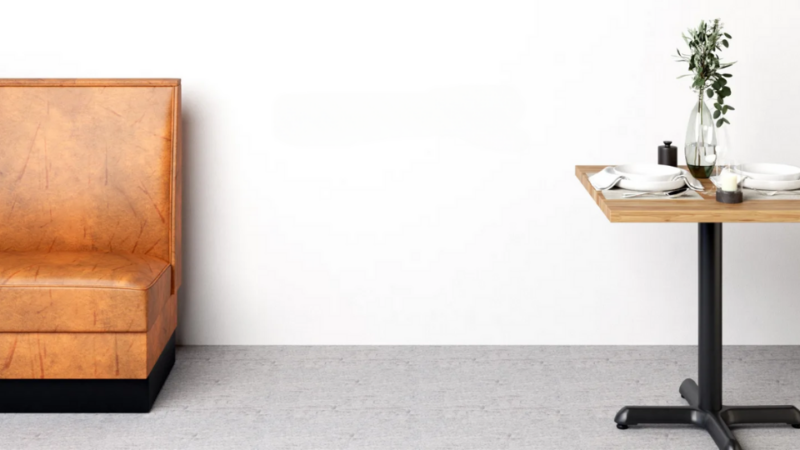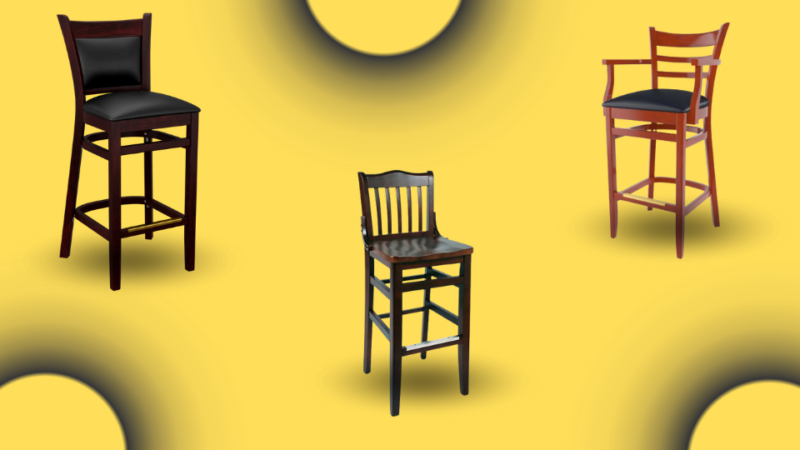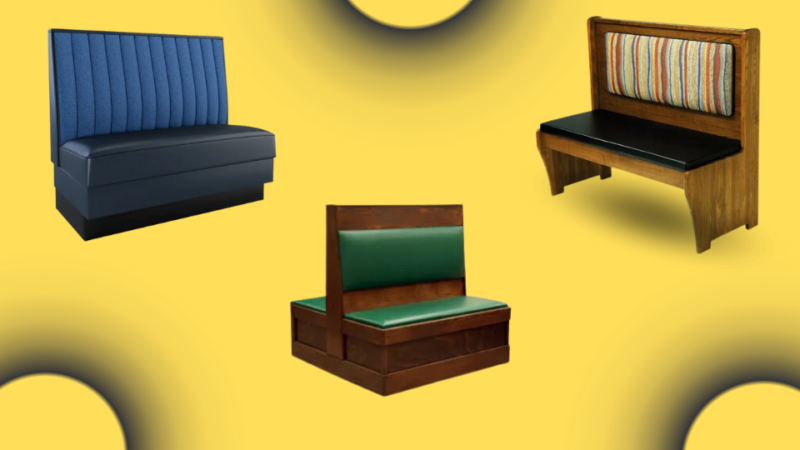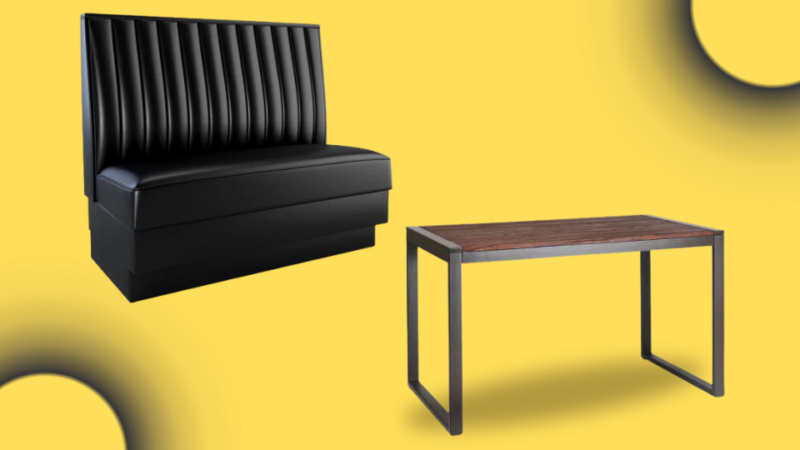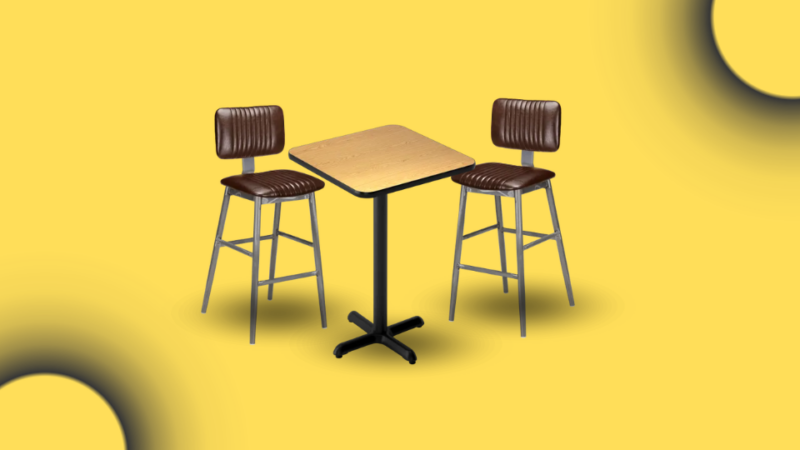Creating a distinct brand identity is critical for success in the restaurant industry’s extremely competitive landscape. This identity extends beyond logos and slogans to include the complete customer experience, from the moment they walk in the door to the moment they depart. The restaurant’s interior design, notably the unique furnishings, is an important but frequently overlooked feature of this experience.
Page Contents
Brand Identity Elements
The foundation of brand awareness is visual identity. A well-designed logo, consistent color schemes, and distinctive design aesthetics serve as the visual manifestation of a restaurant’s brand identity. Furthermore, stressing Unique Selling Propositions (USPs) such as signature meals, the restaurant’s history, and its basic beliefs reinforces brand identification and sets the tone for customer expectations.
Custom Furniture and Brand Identity
Custom restaurant furniture plays a key role in harmonizing with a restaurant’s brand identity. Furniture design and style, when aligned with the overall branding elements, create a seamless and immersive experience for customers. Consistency in brand messaging, even in the furniture, reinforces the restaurant’s identity, making a lasting impression on patrons.
Personalization takes this a step further. Custom fabrics, unique patterns, and signature furniture pieces transform the dining space into a reflection of the restaurant’s essence. Branded upholstery not only adds a touch of luxury but also reinforces the restaurant’s story, creating a memorable atmosphere for customers.
Customer Perception in the Restaurant Industry
Customer perception holds immense power in shaping a restaurant’s destiny. Positive perception can be a driving force behind a restaurant’s success. Factors like ambiance, service quality, food presentation, and pricing play vital roles in this perception. The restaurant’s aesthetics, including its furniture, contribute significantly to the overall experience.
Beyond the physical space, customer perception is heavily influenced by word-of-mouth and online reviews. Social media platforms and online review websites have become digital battlegrounds where customer experiences are shared, influencing the decisions of potential patrons. Restaurants with well-thought-out, brand-aligned furniture often find themselves the subject of glowing reviews and positive social media mentions, enhancing their overall image.
Custom Furniture Design
Choosing personalized furniture over generic options allows eateries to stand out from the crowd. Aside from the obvious benefits of customized materials, colors, and finishes, custom furniture allows restaurants to tell a story. Furniture becomes a storytelling device by blending local culture, historical influences, and themed designs, engaging buyers on a deeper level.
Working with skilled designers and manufacturers guarantees that this story is well-crafted. Expertise in incorporating brand-specific components and designing furniture that reflects the restaurant’s motif is priceless. The collaboration of creative visionaries and expert craftspeople results in furniture items that form an intrinsic part of the restaurant’s identity.
Challenges and Considerations
While the advantages of custom restaurant furnishings are numerous, there are also challenges. Budget limits, maintenance requirements, and assuring both functionality and ergonomic design are significant impediments. Furthermore, adaptability, environmental sustainability, and ethical sourcing all add levels of complexity to the decision-making process.
Additional obstacles include navigating local rules, assuring safety standards, managing inventories, and teaching workers on furniture upkeep. Accessibility and inclusivity in design are critical features that must be carefully considered to ensure that the restaurant environment is welcoming to all consumers.
Strategies for Implementation
To implement custom furniture successfully, a strategic approach is essential. Integrating custom furniture should involve meticulous planning, with steps that include thorough assessments, collaborations with designers, and manufacturing partners. Achieving a balance between aesthetics and functionality is key. Regular assessments and updates, informed by guest feedback, maintain the freshness and relevance of the interior design.
Long-term investment in brand-specific furniture pays off in customer loyalty and enhanced brand perception. Implementing a furniture maintenance schedule, supported by a proactive approach to addressing wear and tear, ensures that the furniture continues to serve its purpose and maintain the restaurant’s aesthetic appeal.
Maximizing the Potential: Custom Furniture as A Marketing Tool
The influence of custom restaurant furniture goes beyond the immediate physical space. It can be leveraged as a powerful marketing tool. By investing in distinctive furniture that reflects your brand identity, restaurants create a memorable visual impression that extends into the digital realm.
Captivating photographs of your unique interior can be shared across social media, sparking interest and curiosity among potential diners. This free, user-generated content can boost your restaurant’s visibility and attractiveness, effectively transforming your furniture into a marketing asset.
Custom furniture can also be a conversation starter. Patrons are more likely to inquire about or comment on unique and well-crafted furniture, sparking interactions with your staff and fellow diners. These conversations not only add to the overall dining experience but can also enhance customer loyalty. As customers feel a personal connection to your brand through these interactions, they are more likely to return and recommend your establishment to others.
The Ongoing Evolution of Restaurant Furniture
Nothing is static in the fast-paced world of restaurant management. Customer preferences, interior design trends, and branding tactics are all evolving. As a result, custom restaurant furniture must evolve in order to remain relevant. To maintain a long-term impact on brand identification and customer perception, it’s critical to evaluate your furniture’s alignment with your restaurant’s growing story and goals on a regular basis.
This could include making little changes or completely redesigning your home. Remember that a restaurant’s distinct appeal stems from its ability to adapt, surprise, and delight. Your custom furniture’s constant evolution ensures that your brand remains fresh and appealing to both new and returning clients.
In conclusion, unique restaurant furniture has an immediate and long-term impact on brand identification and consumer perception. The meticulously designed furniture design, integration with branding elements, and messaging consistency create an immersive experience that grabs diners’ hearts. Aside from the obvious benefits, it also works as a marketing tool, generates conversations, and develops loyalty. As the restaurant industry evolves, custom furniture remains an important component in developing a memorable and enduring brand identity.
The Ongoing Influence of Custom Furniture
In the ever-evolving restaurant industry, the influence of custom furniture on brand identity and customer perception is profound and enduring. The synergy between design elements, the immersive experience it creates, and the emotional connection it fosters with customers solidify its significance. Restaurants that invest in thoughtful, brand-aligned custom furniture find themselves not just meeting customer expectations but exceeding them. As trends continue to emerge, embracing the potential of custom furniture remains an invaluable strategy, ensuring a restaurant’s lasting impact and sustained success in the competitive culinary landscape.
